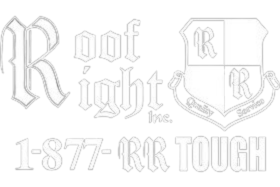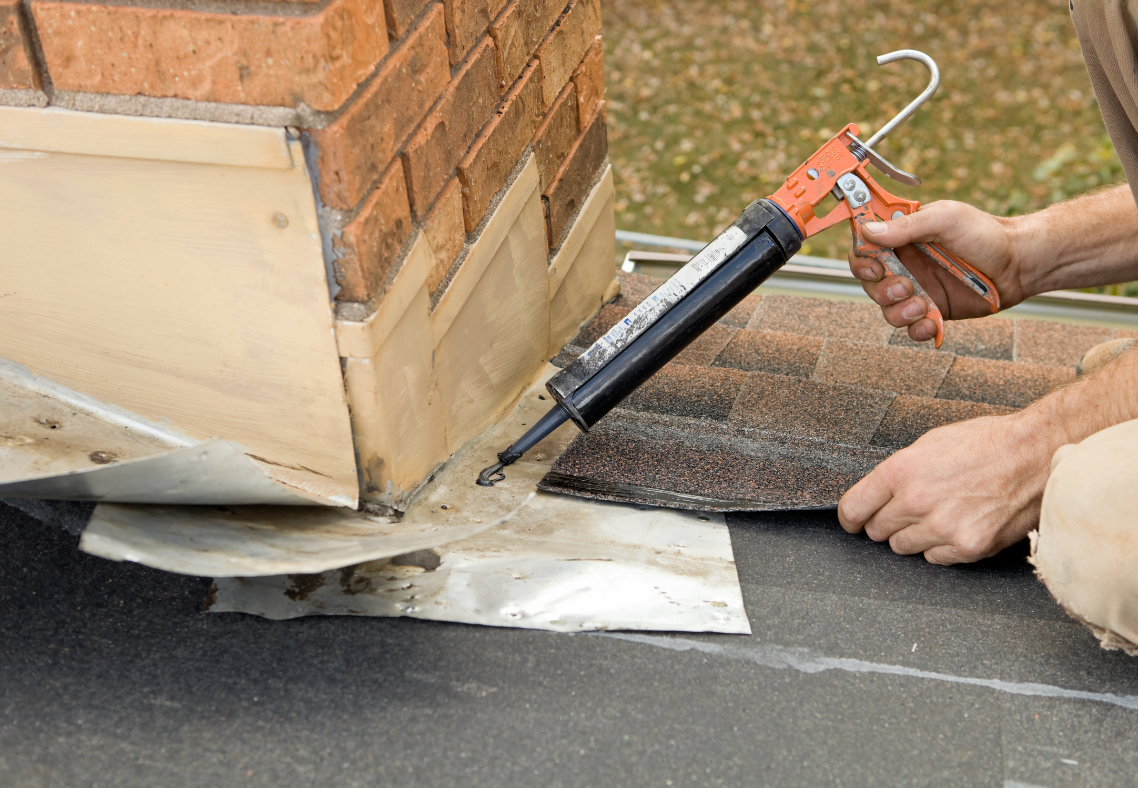What Does Chimney Flashing Do And How Often Does It Need To Be Replaced?
Roof Right: Exterior Home Remodeling Specialists in Maryland Contact UsSchedule A Free EstimateFor homeowners in Maryland, keeping your home protected from the elements is a year-round priority. While roof shingles and gutters often get most of the attention, chimney flashing plays a critical but often overlooked role in preventing leaks and structural damage. If your home has a chimney, understanding what chimney flashing does—and how to know when it needs replacement—is essential to maintaining your home’s integrity and value. In this guide, we’ll explain what chimney flashing is, its purpose, the most common types, signs that it’s failing, and how often it needs to be replaced—especially in the unpredictable and moisture-rich climate of Maryland.
Answering The Question: What Does Chimney Flashing Do And How Often Does It Need To Be Replaced?
What Is Chimney Flashing?
Chimney flashing is a waterproofing component installed at the point where your roof and chimney meet. This intersection is one of the most leak-prone areas on your roof due to the break in the roofing surface. Without properly installed flashing, rainwater and melting snow can seep into your home, leading to rot, mold, ceiling damage, and structural decay.
Chimney flashing is generally composed of two main parts:
- Step Flashing: These are L-shaped pieces of metal that are installed in layers alongside each shingle where the chimney meets the roof.
- Counter Flashing: This piece overlaps the step flashing and is embedded into the mortar joints of the chimney itself, creating a tight seal.
Together, these pieces form a durable shield that prevents water from entering one of your home’s most vulnerable joints.
Why Chimney Flashing Is So Important in Maryland
Maryland homes are subject to a unique mix of weather patterns. From torrential rains in the spring to heavy snow and ice in the winter, these elements constantly test the limits of your roofing system. Chimney flashing must withstand:
- Freeze/thaw cycles that can cause expansion and contraction
- Heavy precipitation from coastal and inland storms
- High humidity that accelerates rust and deterioration
- Strong winds that can loosen or displace flashing over time
Given these conditions, it’s especially important for Maryland homeowners to have chimney flashing that’s properly installed and well-maintained.
What Materials Are Used for Chimney Flashing?
Different materials offer different levels of durability and longevity:
- Aluminum: Affordable and corrosion-resistant, but can be easily damaged by impact or weathering over time.
- Galvanized Steel: Stronger than aluminum and moderately rust-resistant, but has a shorter lifespan.
- Copper: The premium choice for flashing; it’s durable, corrosion-resistant, and can last for decades with minimal maintenance.
- Lead: Once common, but now less favored due to environmental concerns.
When selecting flashing material, homeowners should balance cost with expected longevity, especially in Maryland’s varied climate.
How Often Should Chimney Flashing Be Replaced?
There’s no exact timeline for flashing replacement since its lifespan depends on the material used, the quality of installation, and the regional weather. However, a general guideline is:
- Aluminum or Galvanized Steel Flashing: 15–20 years
- Copper Flashing: 30–50 years
It’s important to note that while the flashing material might last this long in theory, real-world conditions—such as poor installation, nearby tree limbs, or roof work that disturbs the flashing—can shorten its lifespan significantly. Maryland homeowners should aim for annual roof inspections, especially after major storms or once your flashing is 10 years or older.
Signs That Your Chimney Flashing Needs Attention
Here are some common indicators that your chimney flashing might be compromised:
- Leaks and Water Stains: One of the most obvious signs is water entering your home. Stains on ceilings or walls near the chimney, or puddles in your attic, can signal flashing failure.
- Rust or Corrosion: If your flashing is visibly rusted or deteriorating, especially around the edges, it’s likely not performing properly.
- Loose or Missing Flashing: Over time, wind, ice, or poor craftsmanship can cause flashing to lift or pull away from the chimney or roof, allowing moisture to sneak in.
- Cracked or Crumbling Mortar: If the mortar surrounding your chimney is breaking down, this could compromise counter flashing and allow water to seep behind it.
- Moss or Mold Growth: Persistent dampness from leaks may lead to green or black discoloration on the exterior of the chimney or nearby roofing material.
How Chimney Flashing Repairs and Replacements Are Done
Repairing or replacing flashing is not typically a DIY job—incorrect installation can do more harm than good. Here’s what the process involves:
- Inspection: A professional will inspect the area to determine whether the flashing can be repaired or must be fully replaced.
- Removal: If replacement is necessary, the old flashing and sometimes surrounding shingles or mortar will be removed.
- Installation: New step flashing and counter flashing will be installed, typically sealed with roofing cement and fasteners.
- Masonry Work (if needed): In cases where mortar joints are compromised, repointing or sealing will be done before the flashing is embedded.
Preventative Maintenance Tips for Maryland Homeowners
To ensure your chimney flashing lasts as long as possible, consider these preventative measures:
- Schedule annual roof inspections—especially after hurricanes or snowstorms.
- Clear leaves and debris from the chimney base to prevent moisture buildup.
- Trim overhanging branches that could damage your roof and flashing in a storm.
- Re-seal flashing with roofing cement every 5–10 years or as needed.
Contact Roof Right for Chimney Flashing Replacements in Maryland
If you’re unsure about the state of your chimney flashing or have noticed leaks near your chimney, don’t wait to take action. At Roof Right, based in Hampstead, MD, we specialize in chimney flashing inspections, repairs, and full replacements tailored to Maryland’s unique weather conditions. Our expert team will assess the integrity of your current flashing and recommend the best solution to protect your home from future water damage. We use only high-quality materials, ensure code-compliant installations, and prioritize customer satisfaction on every project. Don’t let a small flashing issue turn into a major repair. Contact Roof Right today to schedule your chimney flashing inspection or replacement. We’re proud to serve homeowners throughout Hampstead, Westminster, Ellicott City, Owings Mills, and the surrounding Maryland communities with roofing excellence you can trust.
Areas We Serve
If you're looking for a roof contractor in Maryland, give Roof Right a call today at (410)-374-5923 to schedule an appointment!
Carroll County
Howard County
Clarksville, Columbia, Elkridge, Ellicott City, Fulton, Jessup, Laurel, Woodstock
Montgomery County
Baltimore County
Baldwin, Bradshaw, Carney, Cockeysville, Glen Arm, Hunt Valley, Jacksonville, Kingsville, Lutherville, Nottingham, Overlea, Owings Mills, Parkton, Parkville, Perry Hall, Phoenix, Pikesville, Reisterstown, Sparks, Timonium, Towson, White Marsh

